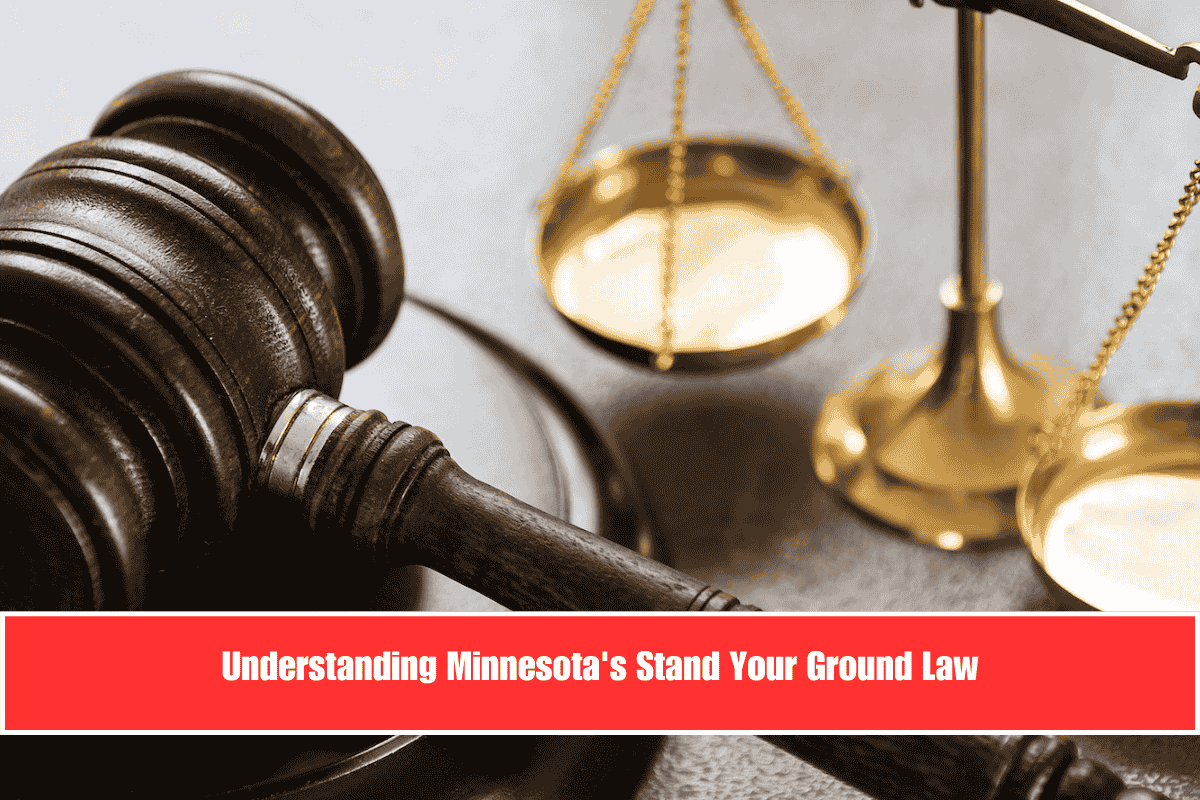Minnesota does not have a “Stand Your Ground” law. Instead, Minnesota law requires a duty to retreat before using force in self-defense outside of one’s home. This means that, if you are threatened, you must attempt to avoid the danger-by retreating or de-escalating-if it is safe and reasonable to do so, before resorting to force, especially deadly force.
Key Points of Minnesota’s Self-Defense Law
- Duty to Retreat: Outside your home, you must retreat if you can do so safely before using force. If you fail to retreat when possible, your claim of self-defense may not be accepted in court.
- Castle Doctrine: Within your own home (or occupied vehicle), Minnesota law allows you to use force-including deadly force-without a duty to retreat, if you reasonably believe you are in imminent danger of harm. This is known as the “Castle Doctrine”.
- Proportional Force: The force used in self-defense must be proportional to the threat faced. Deadly force is only justified if you reasonably believe you are in imminent danger of great bodily harm or death.
- No Aggression: You cannot claim self-defense if you were the initial aggressor or provoked the confrontation, unless you withdrew and the other party continued to threaten you.
- Reasonable Belief: Your belief in the threat must be both honest and reasonable under the circumstances.
Recent Developments and Legislative Attempts
- In July 2024, the Minnesota Supreme Court reaffirmed the duty to retreat, even in situations involving the threatened use of deadly force, making Minnesota unique in its strict application of this rule.
- Legislative efforts to remove the duty to retreat and enact a Stand Your Ground law have been made, but as of early 2025, these bills have not passed. The most recent bill that would have removed the duty to retreat failed in the House of Representatives in March 2025.
- If such a bill were to pass in the future, it would allow individuals to use force in self-defense “regardless of whether a reasonable possibility of retreat to avoid the danger exists,” fundamentally changing Minnesota’s approach to self-defense.
Table: Minnesota vs. Stand Your Ground States
| Feature | Minnesota (Current Law) | Stand Your Ground States |
|---|---|---|
| Duty to Retreat | Yes, outside the home | No, not required |
| Castle Doctrine | Yes, in home/occupied vehicle | Yes, typically |
| Use of Deadly Force | Only if no safe retreat possible | If reasonably believing in threat |
| Legislative Status | No Stand Your Ground law | Stand Your Ground law in effect |
Minnesota law currently requires a duty to retreat outside the home before using force in self-defense. The “Castle Doctrine” applies inside the home, removing the duty to retreat there. Legislative attempts to adopt a Stand Your Ground law have failed as of May 2025, so the duty to retreat remains a central feature of Minnesota self-defense law.
Sources
[1] https://www.house.mn.gov/sessiondaily/Story/18532
[2] https://www.brockhunterlaw.com/blog/2025/march/charged-with-assault-in-anoka-understanding-self/
[3] https://arechigo-stokka.com/blog/minnesota-self-defense-laws/
[4] https://protectmn.org/stand-your-ground-bill-talking-points
[5] https://www.fox9.com/news/lawmakers-voting-duty-retreat-self-defense-law
















Leave a Reply